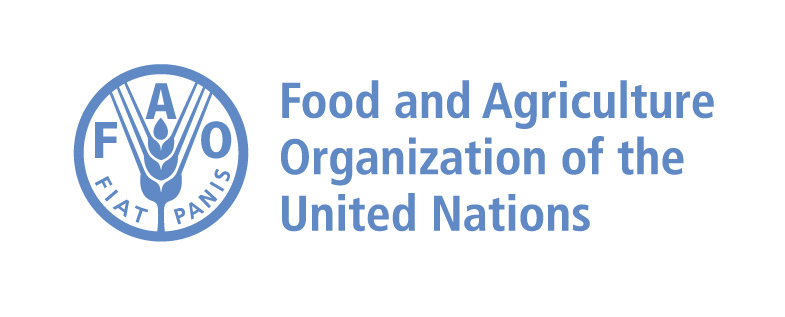Celtic tribes arrived on the island between 600 and 150 B.C. Invasions by Norsemen that began in the late 8th century were finally ended when King Brian BORU defeated the Danes in 1014. Norman invasions began in the 12th century and set off more than seven centuries of Anglo-Irish struggle marked by fierce rebellions and harsh repressions. The Irish famine of the mid-19th century saw the population of the island drop by one third through starvation and emigration. For more than a century after that the population of the island continued to fall only to begin growing again in the 1960s. Over the last 50 years, Ireland's high birthrate has made it demographically one of the youngest populations in the EU. The modern Irish state traces its origins to the failed 1916 Easter Monday Uprising that touched off several years of guerrilla warfare resulting in independence from the UK in 1921 for 26 southern counties; six northern (Ulster) counties remained part of the UK. Unresolved issues in Northern Ireland erupted into years of violence known as the "Troubles" that began in the 1960s. The Government of Ireland was part of a process along with the UK and US Governments that helped broker what is known as The Good Friday Agreement in Northern Ireland in 1998. This initiated a new phase of cooperation between the Irish and British Governments. Ireland was neutral in World War II and continues its policy of military neutrality. Ireland joined the European Community in 1973 and the euro-zone currency union in 1999. The economic boom years of the Celtic Tiger (1995-2007) saw rapid economic growth, which came to an abrupt end in 2008 with the meltdown of the Irish banking system. Today the economy is recovering, fueled by large and growing foreign direct investment, especially from US multi-nationals.
Ireland is a parliamentary republic.
Source: CIA World Factbook
Members:
Resources
Displaying 21 - 25 of 137European Communities (Good Agricultural Practice for Protection of Waters) Regulations 2006 (S.I. No. 378 of 2006).
These Regulations make provision for public support for good agricultural practice to protect waters against pollution from agricultural sources. The aim of the Regulations is to reduce pollution of the environment and especially groundwater and surface water resources by more ecologically sound agricultural practice.
Land and Conveyancing Law Reform Act 2009 (Section 100) Regulations 2010 (S.I. No. 653 of 2010).
These Regulations prescribe the form of notice to be used for the purposes of section 100(1) of the Land and Conveyancing Law Reform Act 2009. Section 100 (1) provides that a mortgagee or any other person for the time being entitled to receive, and give a discharge for, the mortgage debt may sell or concur with any other person in selling the mortgaged property provided that a notice in the prescribed form has been served on the mortgagor warning of the possibility of such sale.
Implements: Land and Conveyancing Law Reform Act 2009 (No. 27 of 2009). (2009-07-21)
Land and Conveyancing Law Reform Act 2009 (Section 103) Regulations 2010 (S.I. No. 654 of 2010).
These Regulations prescribe the form of notice to be used for the purposes of section 103 (2) of the Land and Conveyancing Law Reform Act 2009. Section 103 (2) prescribes that, within 28 days after completion of the sale, the mortgagee shall serve a notice in the prescribed form on the mortgagor containing information relating to the sale.
Implements: Land and Conveyancing Law Reform Act 2009 (No. 27 of 2009). (2009-07-21)
Statute of the Land Affairs Organization.
The Act is the Statute of the Land Affairs Organization which is a state institute part of the Ministry of Agriculture. The Act consists of 9 articles, divided into 4 Chapters; General Provisions (I); Objectives and Essential Duties (II); Responsibilities and Authorities of the Chairman (III); Miscellaneous Provisions (IV).The main duties of this Organization include planning, policy making and organizing the implementation of all rules and regulations regarding lands and land affairs.
Land Registration Rules, 2006 (S.I. No. 558 of 2006).
These Regulations amend the Land Registration Rules 1972 in relation with, among other things, form and contents of registers and land certificates, manner of registration and searches by the public.
Amends: Land Registration Rules, 1972. (1972-10-02)


